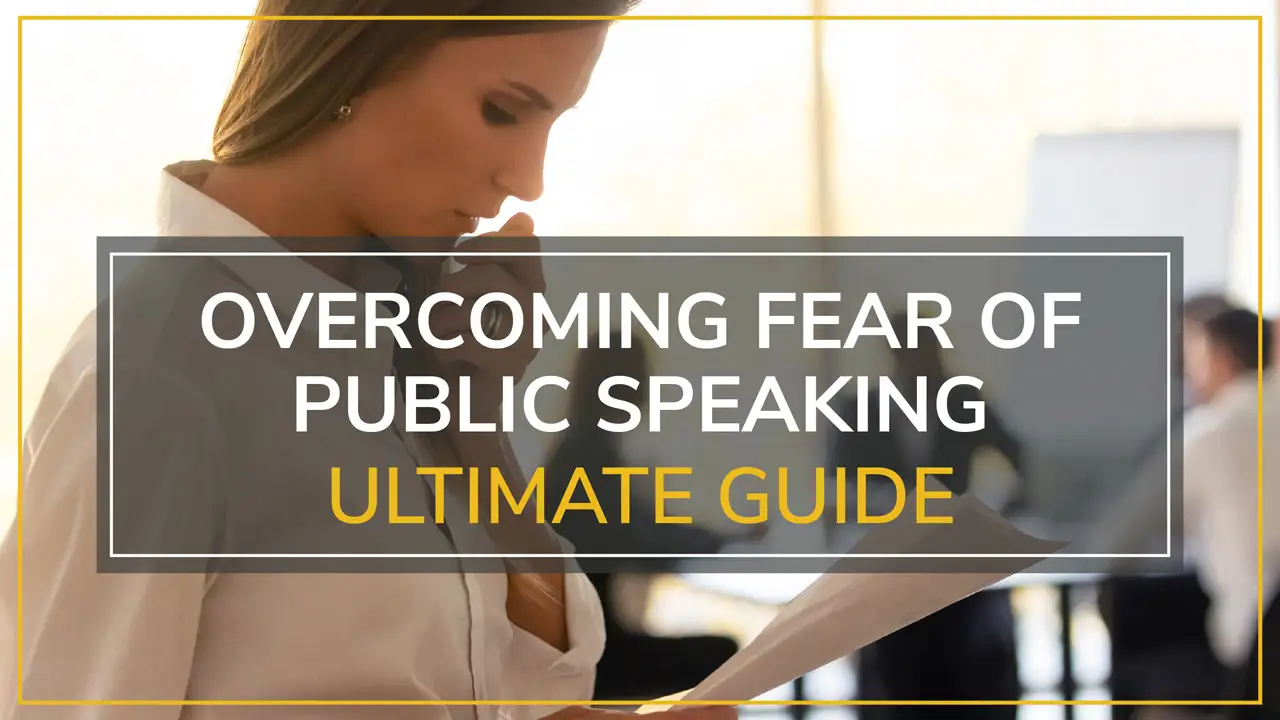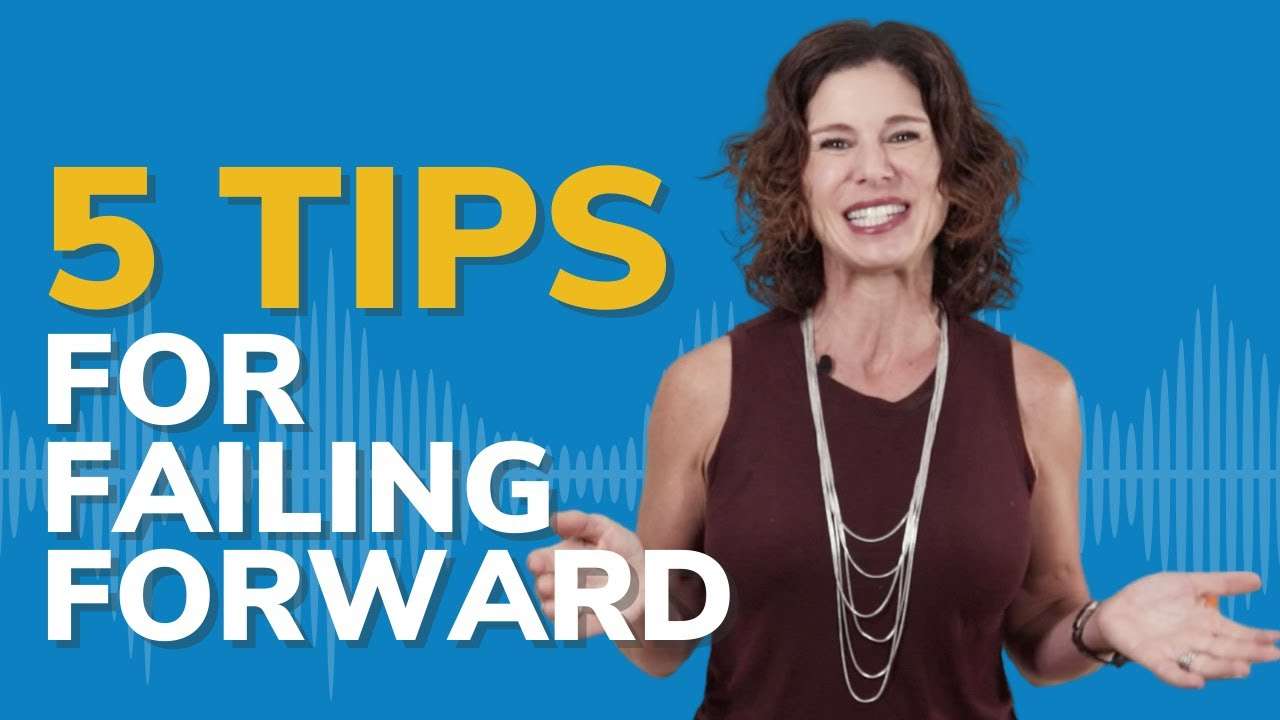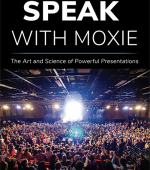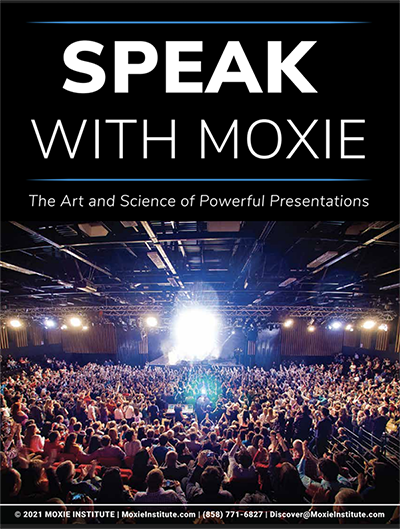Have you ever listened to the news or the radio and wished — Gosh! I wish I had a voice like that broadcaster or I wish I had that DJ voice. Believe it or not, the key to having that voice is something that you already do every day—breathing. Stay tuned on the Moxie Talk blog, because we are going to discuss how to breathe for a powerful voice.
—
Table of Contents
ToggleHow To Have A Radio Voice People Love To Listen To
Hey everyone, I’m Fia Fasbinder and welcome to Moxie Talk Blog where we help you find your voice, share your message, and lead with confidence. Today, we are talking about how to have a powerful voice. Specifically a powerful voice on camera or in your media appearances. Anybody who’s watched any of my videos knows that I am obsessed with breath support and breathing.In fact, I call breath support your power tool for public speaking and media appearances because it is the only way to get that powerful DJ/broadcaster voice that you all want. It also has the added benefit of lowering your heart rate and taking you out of fight-or-flight and into rest and digest, but that’s a whole another video. —Power Tool for Public Speaking
Your True Voice
Today we are talking about how to have a voice that is loud, rich, resonant, deep, doesn’t quiver, and doesn’t sound raspy. This is the voice that I call the—It’s actually entirely possible for you to have this voice. It is really is within every single one of us to have this voice. In fact, this is what I call—Voice of Leadership
Oftentimes I’ll work with clients and I’ll teach them breath support and diaphragmatic breathing and they’ll speak and they’ll go—Whoa! Whose voice was that? That’s your voice, that is your true voice, and that is the power that you are capable of having in this voice. It is the voice that makes everyone sit down and shut up and listen. It is the voice that makes people stop doing whatever they’re doing and turn up the volume on your podcast or your interview on television. It is that voice that we really know that we can help you have simply by breathing. —Your True Voice
Understanding Diaphragmatic Breathing
The technical term for breathing and having breath support is diaphragmatic breathing but I often call it——even though we’re not breathing from our bellies. Also balloon breathing or horizontal breathing. I will explain why I call it this in a second but first let’s talk about – What is your diaphragm? Your diaphragm is a sheath of muscle and it’s dome-shaped which contracts rhythmically and continually as you breathe in and out in your body. Its whole purpose in your body is to push extra air and extra oxygen into your lungs. It’s situated right below the lungs, between your chest and your abdomen kind of behind your rib cage. Now for most of us, our diaphragms lay dormant in everyday life because we don’t need extra oxygen in our lungs. We have enough oxygen in our lungs but there are times when we need to incorporate diaphragmatic breathing and we need the extra oxygen. This is why singers, speakers, and actors train to use their diaphragms because it leads to those powerful voices. I’ve worked with a lot of clients that have learned to breathe from their diaphragms for many different reasons. Woodwind players – people that play brass and have to hold their breath. Brass instruments – like trumpet or trombone or saxophone. Swimmers – who have to hold their breath underwater. So there are a lot of other people that use diaphragmatic breathing. If you have ever done diaphragmatic breathing for something other than speaking, this will come easy to you but it’s important first that you know what your diaphragm is and what its purpose is in your body. —Belly Breathing
See It As Horizontal Breathing
Let’s talk about why I call it Horizontal Breathing. Most of us, in our everyday lives, or especially when we get nervous, we do vertical breathing. When we breathe in, our body movement goes up and down. Let’s try it right now. Just take a breath and if you feel your chest rising or heaving that is vertical breathing. You’re breathing up and down or some of us when we get nervous, when we have that high-stakes media appearance we don’t breathe at all—we hold our breaths. Now what we need to do in order to incorporate our diaphragms is what I call horizontal breathing. You breathe in and out. Sometimes I’ll have clients push their bellies up to a desk and try to push themselves away in their rolling chairs – simply by breathing. You can try this at home. Now another reason we call it horizontal breathing is because your lungs are actually two parts: your upper lungs, and your lower lungs. Your lower lungs, if you can imagine, that are situated on the bottom section, are the most oxygen-rich, the biggest part of your lungs, and your diaphragm is right there too. So if you’re breathing like normal or you’re slouching over, you’re not able to get that full reservoir of air you need to have that powerful voice. We need to do horizontal breathing. Okay, so I’m going to teach you how to do this. You might be thinking, This crazy lady horizontal breathing, I don’t know what she’s talking about, I don’t know how to do it. I’m going to teach you how to do it and I’m going to let you know now that this might seem easy now but what happens when we get nervous is all of us tighten our diaphragms. We tighten it because when our body is nervous our brain does not know the difference between nerves of doing an interview and nerves of being attacked by a saber-tooth tiger. It just knows, This person is nervous and I better protect my human. So your body tightens your diaphragm because you have a lot of vital organs behind your diaphragm and your body’s thinking, If I can protect this human from being attacked and bleeding to death, then they might survive. I know it’s really crazy to think that our brain, in two million years, hasn’t evolved enough to know the difference between doing an interview and being attacked by a saber-toothed tiger, but it really doesn’t. So when we get nervous, our diaphragms tighten and it causes all sorts of funky things to happen to our voices like quivering, raspy voices to soft voices. All of these things happen because our diaphragm is tightened. I’m telling you this now because when you do this, I want you to understand how to do it so well, really feel the body awareness, and get that muscle memory going of diaphragmatic breathing so when you’re in a stressful situation you can still do this. —How To Breathe From The Diaphragm
Enough talk about nerves and the why of diaphragmatic breathing, let’s learn to do it. In order to do this, I want you to imagine that you have a giant red balloon in your belly. Every time you breathe in. that balloon fills up with air and your belly sticks out and your hands stick out. Put one hand on the place in your body that is rising and falling for now and the other hand on your chest. In order to make sure you’re not heaving your chest like doing the vertical breathing, put one hand on your chest and one hand on your belly. You should feel the hand on your belly, moving more than the hand on your chest. Now the hand on your chest is going to move a little because, like I told you, we have upper and lower lungs. Your upper lungs are going to be incorporated a little bit into your breathing but you shouldn’t be heaving your chest making movement that goes up and down and doing that vertical breathing. So you’re going to breathe in, you’re going to imagine that your balloon is filling up with air and your belly is sticking out and your hands pushing out. Then you’re going to exhale and let all that air out of your balloon and out of your nose or mouth. We’re going to try this one more time and I’m going to tell you right now, if you can’t do it, if you’ve got a stubborn diaphragm, that’s okay! A lot of us have really stubborn diaphragms because for however many years old you are minus when you were a very little kid, you’ve been told to look skinny, look strong, be less vulnerable and so we hold in our diaphragms. It’s really natural. The easiest way to do this and locate your diaphragm and do breath support, if you’re not able to do it standing up with me now, is to lay down flat on your back. It’s very easy when you’re flat on your back and put something on your belly like a book or your laptop so you can really have the visual of it moving. You can even just listen to me now and lay down on the floor if you need to.. We’re going to try that one more time and just for body awareness, when you breathe in and fill up your balloon, I want you to breathe in through your nose, what we call—I want you to imagine that your nostrils are flared like a dragon (you don’t have to do the weird face.) Then when you breathe out, you’re gonna breathe out like you’re blowing out a birthday candle. It’s that easy, if you were able to feel that down there, it is that easy. —Dragon Breath
Breath Support: Giving Your Voice Power
Now that you have identified where your diaphragm is and how to use it, obviously, most of us aren’t mimes—we have to speak in our presentations so we have to do what I call breath support. This means supporting our voices with breath which is how we get those Dj slash broadcaster voices. The analogy I like to use or the visual I like to use for breath support is sushi specifically nigiri. Nigiri, if you’ve ever had it or seen it, is fish on top of rice. I want you to imagine for a second and visualize—the fish is your voice and the rice is your breath. With nigiri, we always support the fish with the rice. Now it’s the same with breath support we alwaysWhat happens with nigiri if the piece of fish is bigger than the rice? It flops over, right? It’s flopped over the rice. Same with our with our voices if you run out of breath—your voice flops over. It’s really important to support your voice with breath—this is what we call breath support. In order to do this and understand how it works and hear it in your own voice and in your own body, we are going to say a couple of sentences from Cyrano de Bergerac. I love these because they make me in the mood to do a keynote or to speak on camera or to give an interview and those two sentences aresupport voice with breath.
These are great sentences for breath support because you need that extra breath to war with these giants. We’re going to say these sentences and we’re going to first breathe in, fill up our balloon through our nostrils with our dragon breath and on our exhale, we’re going to say the sentences. Take a moment, lets try doing this now so you can really hear yourself and your true voice. It’s going to go like, breathe in — I feel too strong to war with mortals. Bring me giants! You can observe even how the voice gets a little deeper because when we incorporate our diaphragm, like I said, your voice gets richer, resonant, more volume which we don’t need in the mic, but all of these great things happen to you. I’ve worked with a lot of clients simply by doing breath support, their voices sound a 100% better. Especially if you’re trying to get that vocal executive presence — you’re trying to make sure that you are seen as being a leader, a thought leader, a subject matter expert, somebody that people take seriously. Make sure you are using breath support. This might be the only thing you need to do to make people start listening. I worked with an engineer, a very high potential engineer who had solved many many problems at a tech company that you and I all know. Simply because his voice was soft and it quivered, he was being talked over, he was being interrupted, he was being somewhat attacked. It was very clear there was a lack of respect for this engineer. We worked tirelessly on breath support so that he had this rich resonant powerful voice and I can tell you that the looks on the faces of the people in that room the first time he spoke after working with me were priceless. Nobody interrupted him, nobody attacked him, they let him finish his presentation so this is a really powerful tool for that vocal executive presence. Simply by breathing people, this is our power tool.I feel too strong to war with mortals. Bring me giants!
How To Strengthen Your Diaphragm
Last but not least,That means you can strengthen it just like you would strengthen any other muscle. If you want to know how to do this so that you can use breath support, it’s really easy. Lay down on your back, put some heavyweights on your belly, breathe and try to push those weights up. If you don’t have weights, stack some heavy books on your diaphragm, you’re literally strengthening that muscle. Even better push the books up and say words on your exhale. So you’re going to push those books or those laptops or those weights up and on your exhale say all these words. Once you’re able to do this, say the words in the shower or say the words in the car, say the words while walking your dog. See how much you can get out on one breath. That’s it, that is the key to that DJ voice that you are all hoping that you can have and that I know is inside of you. I hope you liked this blog and found it informative, relevant and valuable I hope you took something away from it if you did. Please share it with friends and subscribe to our newsletter and YouTube channel. For more information on everything from soup to nuts presentations check out our other blogs and videos about everything from how you come up with an idea for your presentation all the way to when you’re about to go on stage—it’s all there. If you want to know more about what Moxie Institute does – we do a lot of work with executives on helping them with their voices and some media training a lot of group training. Please check out our website or book a call!Your diaphragm is a muscle.











